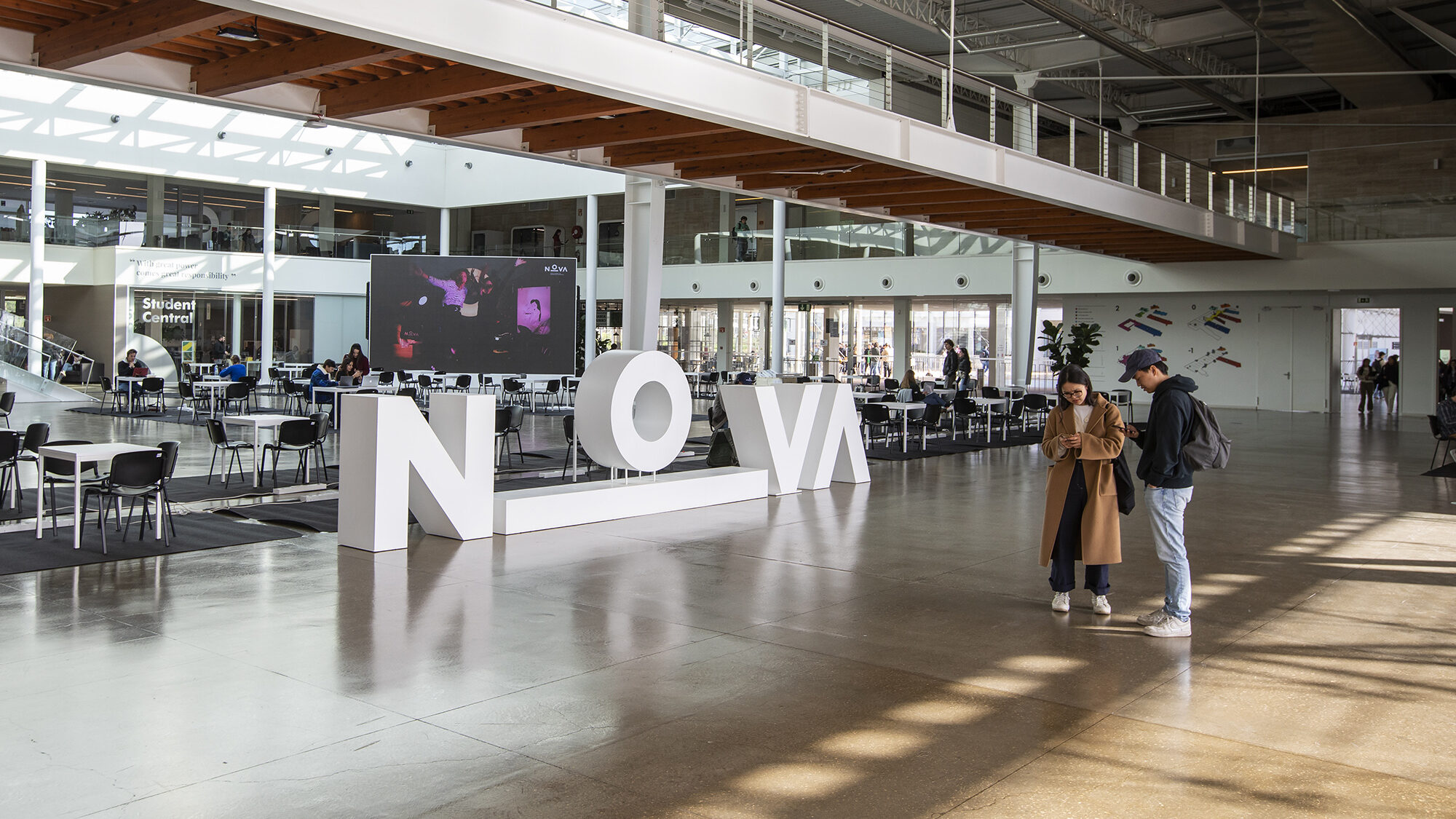Bank valuations of housing have been accelerating for 12 months. In July, they rose by 18.7%
In July, the median bank valuation for housing reached a new high, totalling €1,945 per square metre, a record year-on-year increase in over a decade.
The median value of bank valuations for housing reached €1,945 per square metre in July, setting a new national record and continuing the unstoppable rise in property prices in Portugal.
According to data released on Tuesday by the National Statistics Institute (INE), this is a historic year-on-year increase of 18.7%, representing an acceleration from the 18.1% recorded in June. There has not been such significant growth since at least January 2012 (the beginning of the INE series), confirming that the housing market continues to climb at an unprecedented rate, even in a scenario of historically high interest rates.
INE data show that, in July, the value of bank valuations rose by €34 compared to the previous month, a monthly variation of 1.78%, marking the 20th consecutive month of monthly increases. In addition, the data also reveals that ‘the number of bank valuations considered was around 33,800, representing an increase of 3.8% compared to the previous month and an increase of 3.7% year-on-year,’ according to the statement.
The figures reveal that flats continue to be the driving force behind property value growth in the national residential market, with the median valuation standing at €2,254 per square metre in July, representing an annual increase of 24%. This type of housing consistently commands the highest prices in the market, reflecting the pressure of demand in urban centres.
Greater Lisbon remains the most expensive region in the country for flats, with the median value of bank valuations standing at €2,990 per square metre (year-on-year growth of 24.1%), followed by the Algarve with €2,642 per square metre (up 21% compared to July last year). At the opposite end of the scale, the Alentejo region has the lowest values, at €1,419 per square metre, illustrating the territorial asymmetries that characterise the Portuguese housing market.
The Setúbal Peninsula stood out in July with the most significant year-on-year growth in flats (25.6%) in July — with no corrections recorded in any region — while the Azores recorded the largest monthly increase (3%). In terms of types, one-bedroom flats rose to €2,866 per square metre, two-bedroom flats to €2,317 and three-bedroom flats to €1,942 per square metre.
Regional disparities are becoming more pronounced
Houses were also not immune to the inflationary spiral, registering a median value of €1,414 per square metre in July, representing an increase of 10.4% compared to July 2024. Although lower than the growth in flats, this rise confirms that the appreciation of houses extends to all residential segments.
In the house market, the Greater Lisbon region once again led the way, with a median bank valuation of €2,707 per square metre, according to INE data, followed by the Algarve with €2,505 per square metre. The Centre and Alentejo regions remain the most affordable, with values of €1,053 and €1,149 per square metre, respectively.
In July, the Autonomous Region of the Azores showed the highest year-on-year growth in housing (17.8%), while the Alentejo recorded the most significant monthly increase (4.2%). Two-, three- and four-bedroom houses, which accounted for 88.6% of valuations, stood at €1,392, €1,390 and €1,484 per square metre, respectively.
INE data also show that regional differences continue to widen, with Greater Lisbon showing values 52% above the national median, followed by the Algarve (up 34.5%) and the Setúbal Peninsula (up 18.8%). At the opposite end of the spectrum, Beiras and Serra da Estrela, Beira Baixa and Terras de Trás-os-Montes are around 50% below the national median, highlighting a two-speed country in terms of access to housing.
This territorial polarisation reflects not only regional economic dynamics, but also internal migration flows and the concentration of housing demand in metropolitan areas and tourist regions.




